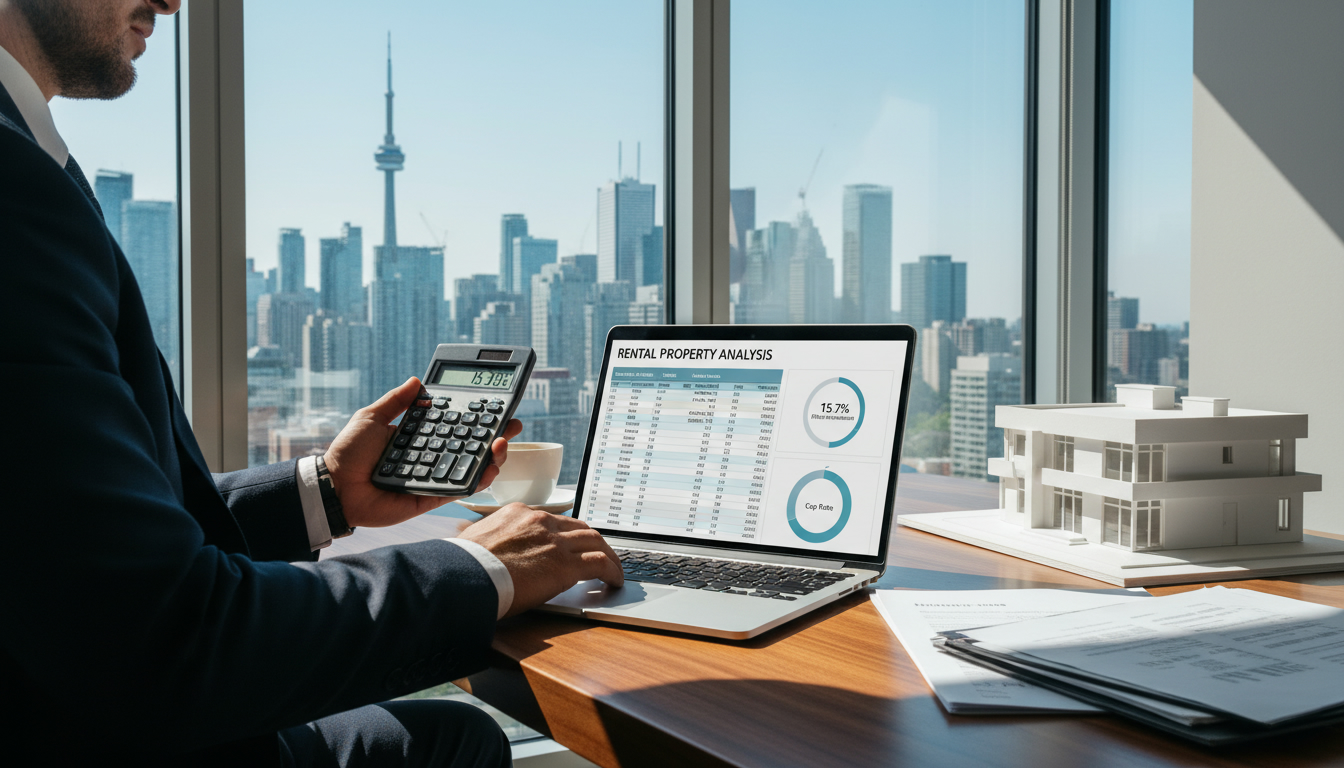How do property taxes affect investment
returns?
How Are Property Taxes Quietly Eroding Your Investment Returns?
Quick answer
Property taxes directly reduce cash flow, lower net yields and can shave several percentage points off total investment returns. They also affect resale value indirectly by changing buyer demand and carrying costs. Know the tax rate, run the numbers, and use strategy to protect returns.
Why property taxes matter for Investment & Resale Value
- Property taxes are recurring, predictable expenses that hit before profit. They reduce net operating income (NOI).
- For investors, NOI drives valuation (price = NOI / cap rate). Higher taxes lower NOI and therefore the resale price.
- For owner-occupiers, high taxes increase carrying cost, reducing buyer pool and drag on resale demand.
Simple formula every investor should use
Net Return = (Rental Income − Operating Expenses − Property Tax − Vacancy − Debt Service) / Equity Invested
Example math (clear, real-world style):
- Purchase price: $800,000
- Annual gross rent: $48,000 (6% gross rent)
- Operating expenses (excluding tax): $12,000
- Property tax rate: 1.0% → $8,000
- Net Operating Income (NOI) = 48,000 − 12,000 − 8,000 = $28,000
- Cash-on-cash if equity = $200,000 and debt service = $15,000: (28,000 − 15,000) / 200,000 = 6.5%
Change the tax to 1.5% ($12,000): NOI = 24,000 → cash-on-cash = (24,000 − 15,000)/200,000 = 4.5%
Result: a 0.5% increase in tax rate cut cash-on-cash by 2 percentage points — a 30% drop in that return. That is measurable and actionable.

Data-backed insights
- Small tax-rate shifts matter because returns are tight. A 0.25–0.5% tax change on a high-priced asset equals thousands of dollars a year.
- When NOI falls, value falls: at a 5% cap rate, every $1,000 drop in NOI reduces value by $20,000.
Practical examples and decisions
- Short-term flip: property tax is part of holding cost — do not ignore daily accrual during renovation.
- Long-term rental: model 3 scenarios (best/expected/worst tax rate) and stress-test cash flow for each.
- Condo vs. house: comparatives matter. Condos often have lower taxes but higher fees — always compare total carrying cost.
How to protect returns (actionable moves)
- Negotiate purchase price with taxes in mind; show buyers the NOI math.
- Appeal assessments when values spike faster than municipal services.
- Choose properties in municipalities with stable or improving services/value trade-off.
- Build buffer: aim for 2–4 months of tax-equivalent cash reserves yearly.
Bottom line and next step
Property tax is not a mystery. It’s a predictable drag you can measure, plan for, and reduce. Don’t buy blind. Run the NOI math, stress-test tax scenarios and price accordingly.
Want a tailored investment analysis for your neighborhood? Get a clear, numbers-first report and resale forecast you can trust. Contact me for a free property tax impact review: tony@sousasells.ca | 416-477-2620 | https://www.sousasells.ca
If you want the spreadsheet I used above, I’ll send it — ask for the “Tax Impact ROI Model.”





















